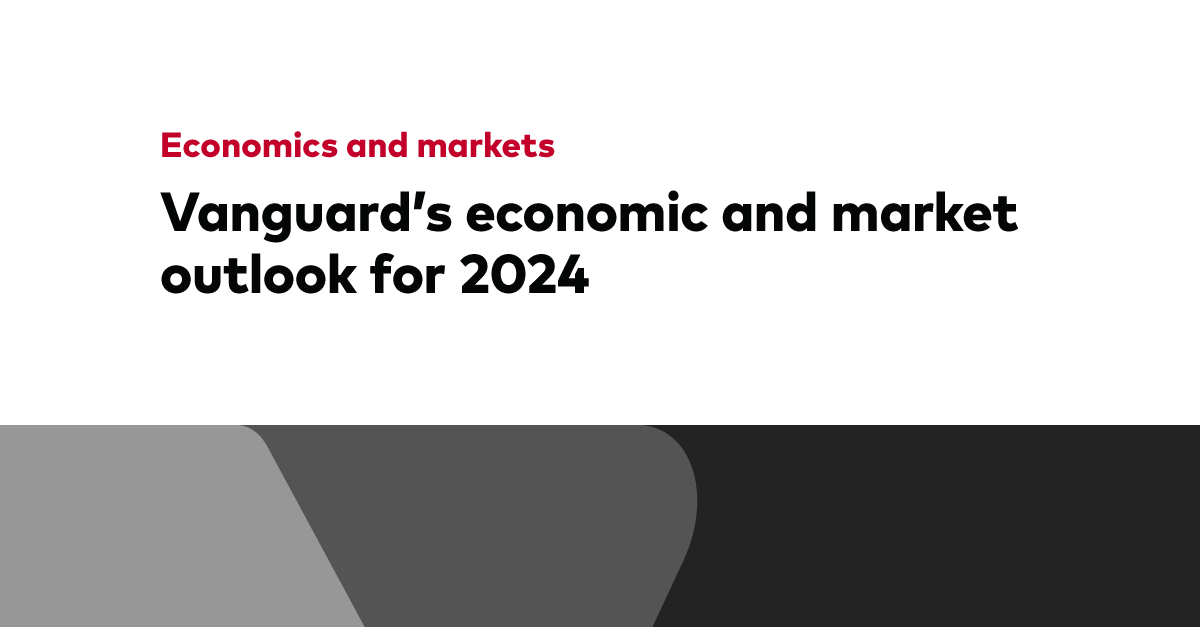Economics and markets
Inflation from tariffs likely gradual
September 04, 2025
Rising tariffs and persistent trade tensions have reignited inflation fears. Yet, despite the headlines, data suggest the impact will be gradual. Consumer prices are likely to absorb the pressure more slowly than initially expected, with inflation peaking in 2026 and largely subsiding within months, not years.
“It would take structural factors—like a persistently tight labor market, continued fiscal expansion, or an overly accommodative Federal Reserve—to drive a more persistent rise in inflation,” said Josh Hirt, Vanguard senior economist. “None of these are part of our baseline forecast for the next year or two, though they remain risks to monitor.”
Meanwhile, strategic corporate responses, shifting trade flows, and cautious consumer behavior are all contributing to a delayed and diluted inflationary effect.
How U.S. companies are avoiding the “tariff cliff”
While there has been broad fear of a tariff cliff—sudden, steep inflation once firms deplete their pre-tariff inventories—this is unlikely to happen.
U.S. companies have quickly adapted to the shifting tariff landscape, showing resilience in how they manage inventories and supply chains. Following tariff announcements, many firms front-loaded their inventories of industrial supplies and intermediate goods. They have also been quietly but dramatically changing their trading partners, importing less from higher-tariff countries and more from lower-tariff alternatives. For example, global electronics imports have remained steady at around $40 billion per month, but imports from China fell 59% from January to May of this year (from $11 billion to $4.5 billion, according to data from the U.S. Census Bureau), with countries like Vietnam and Indonesia replacing much of that gap in supply.
Why softening demand is squeezing corporate profit margins
Consumer spending remains relatively healthy, but it has cooled to more subdued levels in 2025. Real personal consumption expenditures in the first five months of this year fell below the 2024 trend pace (based on Vanguard calculations, using data from the Bureau of Economic Analysis as of May 31, 2025).
“Right now, companies likely have less flexibility to raise prices than they did in the immediate post-pandemic period,” said Hirt. “Many are choosing to absorb a portion of tariff costs by narrowing their margins, which is a calculated move intended to preserve demand and avoid the kind of consumer pushback seen during earlier inflationary spikes.”
However, this strategy has its limits. Vanguard’s analysis suggests that companies will eventually pass tariff costs through to consumers. But it’s a shift that would unfold over time.
Inflation’s trajectory: Slow, steady, and manageable
“The bottom line is that tariffs will raise prices, but not all at once,” said Hirt. “The U.S. economy has the flexibility to absorb these pressures if passed through gradually.”
Notes:
All investing is subject to risk, including the possible loss of the money you invest.
Contributor

